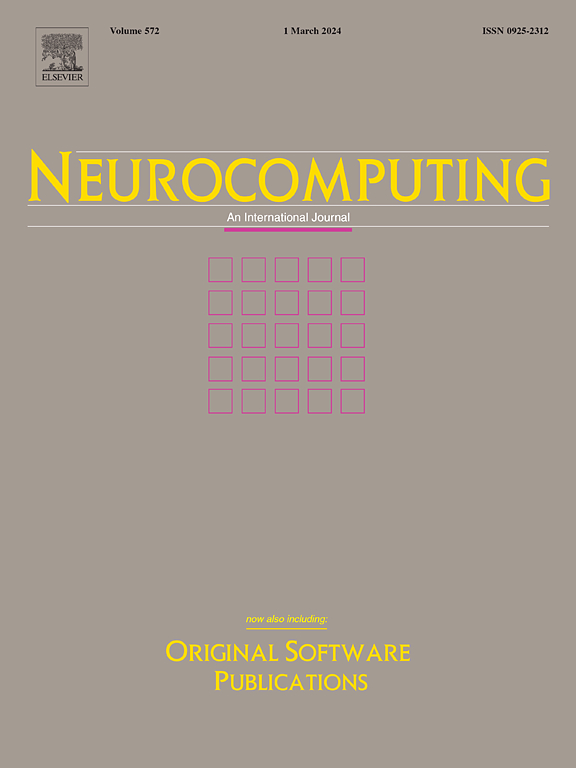SSSI-L2p:一种基于l2p范数的结构化稀疏正则化的脑电图扩展源成像算法
IF 5.5
2区 计算机科学
Q1 COMPUTER SCIENCE, ARTIFICIAL INTELLIGENCE
引用次数: 0
摘要
脑电图(EEG)源成像(ESI)旨在估计大脑活动的位置和程度。ESI对于研究脑功能和检测癫痫灶至关重要。然而,由于脑电图信号对干扰的高度敏感性以及ESI问题的不确定性,准确重建扩展源仍然具有挑战性。在这项研究中,我们引入了一种新的ESI算法,基于L2p-norm的结构化稀疏源成像(SSSI-L2p),来估计潜在的大脑活动。SSSI-L2p利用混合l2p -范数(0<p<1)在结构化稀疏性正则化框架内强制实施时空约束。利用乘法器交替方向法(ADMM)和迭代加权最小二乘(IRLS)算法,可以有效地解决SSSI-L2p的优化问题。我们通过数值模拟和人类临床数据展示了SSSI-L2p优于基准ESI方法的性能。结果表明,SSSI-L2p重建的源具有较高的空间分辨率和清晰的边界,突出了其作为稳健有效的ESI技术的潜力。此外,我们还在https://github.com/Mashirops/SSSI-L2p.git上共享了SSSI-L2p的源代码。本文章由计算机程序翻译,如有差异,请以英文原文为准。
SSSI-L2p: An EEG extended source imaging algorithm based on the structured sparse regularization with L2p-Norm
Electroencephalographic (EEG) source imaging (ESI) aims to estimate brain activity locations and extents. ESI is crucial for studying brain functions and detecting epileptic foci. However, accurately reconstructing extended sources remains challenging due to high susceptibility of EEG signals to interference and the underdetermined nature of the ESI problem. In this study, we introduce a new ESI algorithm, Structured Sparse Source Imaging based on -norm (SSSI-), to estimate potential brain activities. SSSI- utilizes the mixed -norm () to enforce spatial–temporal constraints within a structured sparsity regularization framework. By leveraging the alternating direction method of multipliers (ADMM) and iteratively reweighted least squares (IRLS) algorithm, the challenging optimization problem of SSSI- can be effectively solved. We showcase the superior performance of SSSI- over benchmark ESI methods through numerical simulations and human clinical data. Our results demonstrate that sources reconstructed by SSSI- exhibit high spatial resolution and clear boundaries, highlighting its potential as a robust and effective ESI technique. Additionally, we have shared the source code of SSSI- at https://github.com/Mashirops/SSSI-L2p.git.
求助全文
通过发布文献求助,成功后即可免费获取论文全文。
去求助
来源期刊

Neurocomputing
工程技术-计算机:人工智能
CiteScore
13.10
自引率
10.00%
发文量
1382
审稿时长
70 days
期刊介绍:
Neurocomputing publishes articles describing recent fundamental contributions in the field of neurocomputing. Neurocomputing theory, practice and applications are the essential topics being covered.
 求助内容:
求助内容: 应助结果提醒方式:
应助结果提醒方式:


